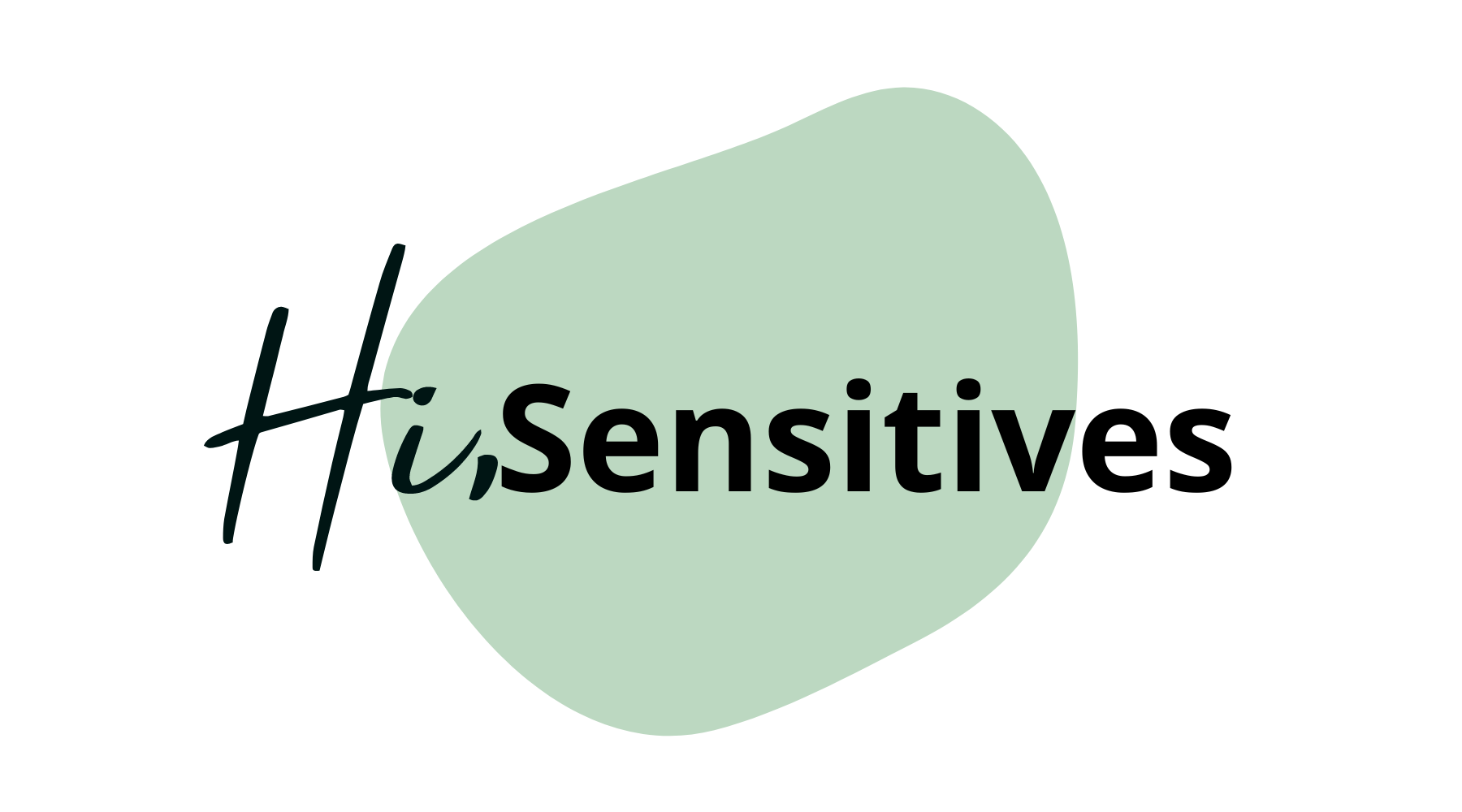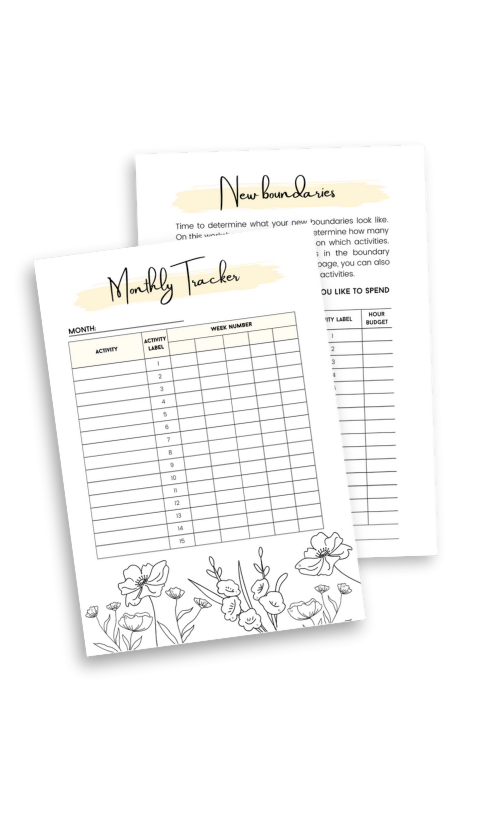Wondering how sports can help you to reduce stress? In this article, we demonstrate the science behind sports and stress relief. Moreover, we explore different sports to alleviate stress and how you can implement them in your daily life.
Estimated reading time: 7 minutes
The link between physical activity and mental health is increasingly recognized in the scientific community and popular discourse.
Engaging in regular physical activity is not only beneficial for physical health but has been shown to significantly improve mental health by reducing symptoms of anxiety and depression.
This understanding is pivotal as mental health issues, particularly anxiety, continue to affect a large segment of the population globally.
Here’s What You’ll Discover:
The Science Behind Movement and Stress Relief
Research underscores the profound impact of physical activity on mental well-being. A study highlighted by UCLA Health found that individuals who engage in regular physical activity experience over 40% fewer poor mental health days than those who do not.
The study, which analyzed responses from 1.2 million adults, points towards the mood-altering benefits of physical activity. It suggests that optimal mental health benefits are derived from three to five 45-minute sessions of exercise per week.
Activities that showed substantial benefits include team sports, cycling, and aerobic exercises, among others. However, it’s also noted that excessive exercise beyond a certain threshold may not yield additional mental health benefits and, in some cases, might be counterproductive.
Further exploration into the mechanisms by which exercise improves mental health reveals multifaceted benefits, including impacts on brain health. Exercise has been associated with increased volume of the hippocampus, a region of the brain that is often reduced in size among individuals with various mental illnesses.
Resistance training and aerobic exercises are highlighted for their potential to enhance mental health, supported by the World Health Organization’s recommendation of up to 150 minutes of vigorous physical activity or up to 300 minutes of moderate-intensity activity per week.
The benefits of physical activity extend beyond neurobiological effects. They touch on psychosocial aspects such as a sense of achievement, fulfillment, and improved self-efficacy. These psychosocial benefits are integral to the overall positive impact of exercise on mental health.
Despite the clear link between exercise and improved mental health, challenges exist in quantifying the specific types and amounts of physical activity that are most beneficial for various mental health conditions.
However, the consensus among researchers is that starting some form of physical activity, regardless of the specifics, can significantly contribute to mental well-being.
Exploring Different Sports and Their Benefits
Let’s explore various types of sports and their benefits:
Running
Running is celebrated for its simplicity and accessibility, requiring minimal equipment and offering the freedom to be practiced almost anywhere.
This sport is a popular choice for stress relief due to its ability to induce endorphin release. It is often referred to as the “runner’s high,” which provides a natural boost to mental well-being.
The rhythmic, repetitive nature of running also serves as a form of moving meditation. Consequently, it helps to clear the mind and reduce stress.
Yoga
Yoga offers a unique blend of physical and mental benefits, emphasizing mindfulness, breathing techniques, and fluid movements. It’s particularly beneficial for its ability to reduce stress and anxiety, improve flexibility, and enhance overall mood.
The practice of yoga encourages a focus on the present moment. It aids in the reduction of stress by promoting relaxation and a sense of inner peace.

Swimming
The calming effects of water make swimming a therapeutic activity for many. The sensation of being submerged in water can have a meditative effect. It offers a form of escapism from the stressors of daily life.
Swimming encourages rhythmic breathing and full-body coordination, which can help to focus the mind and reduce tension. The buoyancy of water also means less strain on the body. This makes it a gentle yet effective form of exercise for stress relief.
Team Sports (e.g., Soccer, Basketball)
Participating in team sports such as soccer or basketball can offer significant social benefits, fostering a sense of community and belonging.
These sports provide an opportunity for social interaction, teamwork, and developing friendships, which are crucial for mental health. The support network formed through team sports can help reduce feelings of isolation and promote a sense of shared achievement and camaraderie.
Golf
Golf is often praised for its mental challenges and the focus it requires, as well as the benefits of spending time outdoors in nature.
Navigating a golf course requires strategic thinking and concentration, offering a mental workout that can distract from daily stressors. The serene settings typically associated with golf courses can also contribute to mental well-being, providing a peaceful environment for exercise and relaxation.

DIY Golf Simulator: Merging Tech and Sport for Stress Relief
Overview: A golf simulator is a high-tech system that allows you to play golf indoors by projecting a virtual golf course or driving range.
It uses sensors and software to track the speed, angle, and spin of the golf ball, providing feedback on your swing and the outcome of each shot.
This technology offers an accessible way to enjoy golf from the comfort of your home, making it possible to practice and play regardless of weather conditions or time constraints.
Step-by-Step Guide:
- Equipment Needed: At its most basic, you’ll need a hitting mat, a golf net, a launch monitor or sensor system, and a computer or tablet with simulation software. Optionally, for a more immersive experience, you can add a projector and screen to display the virtual courses.
- Software Options: There are various software options available, ranging from basic applications that track your shots to advanced programs offering a wide selection of virtual courses and detailed analytics. Choose one that fits your budget and desired features.
- Setup: Position the hitting mat in front of the golf net. Set up the launch monitor according to the manufacturer’s instructions, ensuring it’s properly aligned to capture your shots. Install the golf simulation software on your computer or tablet, and connect it to the launch monitor. If using a projector, position it to display on the screen or wall in front of you.
- Stress Relief: Engaging with a golf simulator can serve as an effective stress reliever, offering a mental escape as you immerse yourself in the game. The focus required can help divert your mind from daily stressors, while the physical activity of swinging the golf club promotes endorphin release, enhancing your mood.
Incorporating Sports into Daily Life for Mental Health
Wondering how you can incorporate sports into your daily life for better mental health? Here are some practical tips:
- Schedule It: Treat your exercise time like any other important appointment. Schedule it in your calendar to ensure you prioritize it.
- Start Small: Begin with short, manageable sessions and gradually increase the duration and intensity as your fitness improves.
- Mix It Up: Vary your activities to keep things interesting and work different muscle groups. Consider incorporating running, yoga, swimming, team sports, or golf to your routine.
- Involve Others: Engaging in sports with friends or family can increase your motivation and make physical activity more enjoyable.
The connection between physical activity and mental well-being is undeniable. Sports and exercises like running, yoga, swimming, team sports, and golf offer various mental health benefits, including stress reduction, improved mood, and a sense of achievement.
The goal is to enjoy the process and experience the profound benefits that physical activity can have on your mental health. Start small, be consistent, and most importantly, have fun on your journey to improved well-being.







